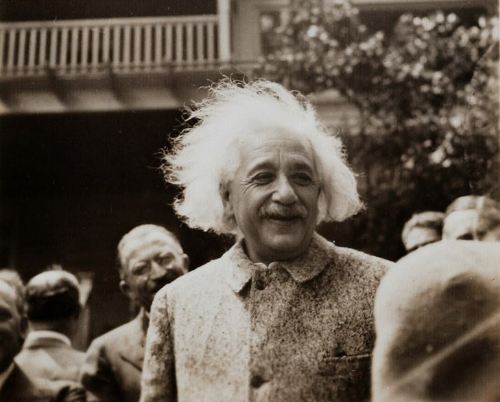
The connection between mindfulness meditation and gratitude.
Through the practice of mindfulness meditation, on ecan awaken to the beauty of life which is, in itself, a direct path to gratitude.
When we practice sitting silently with our thoughts, one of the first hurdles we must face is to have compassion on ourselves. This sitting and stillness is no easy task. However, there is no need to force any of this.
Oh, i do not mean that we may need to force ourselves a bit into setting aside time for practice regularly and then to actually sit in meditation. Like any life change we wish to cultivate, it takes quite a bit of intention and determination.
The body will speak of its discomfort and this is important to pay attention to. One should find a position to practice in which is comfortable. Sitting, lying, it doesn't necessarilly matter, it is the state of mind we are paying attention to.
Watch your thinking. Watch what you are thinking about. You may find you are thinking about your shoes, or what you are going to say to so and so about such and such, the dog barking outside, or perhaps the wind or a bird or a memory. We do not need to shut off our thoughts about things, but to be mindfull of the thoughts. They may or may not be important, and at times we may want to examine why we are thinking such thoughts. We can follow such thoughts with the inquiry as to why each thought arises.
So, in not trying to
change our thinking, we can see why certain thoughts arise in your mind so that we begin to understand the meaning of every thought and feeling. We can use this time to learn about ourselves instead of simply being our sleepwalking selves.
In this way we begin to have a perception, a consciousness which is active in seeing every kind of thought, every kind of feeling. The mind or our awareness awakens and becomes extraordinarily subtle, alive. No part of the mind is asleep. The mind is completely awake.
That is merely the foundation.
When the mind is very quiet one's whole being becomes very still. And in this stillness we can see things as they are. Not how they could be, not how they should be, but how they are.
Meditation is not sitting in a corner with our eyes closed, or repeating a lot of words or to think of a scene and go into some wild, fantastical imaginings.
To understand the whole process of your thinking and feeling is to be free from all thought and feeling. Not to say that thoughts and feelings aren't there, but there becomes a distinct separation between being your awakened awareness and being those thoughts or feelings. When we are free from identifying our selves with those thoughts or defining our self by those feelings, the mind becomes very quiet. One's whole being becomes very quiet.
This still point, this quietness is an important part of life. Within that quietness, you can look at the tree, you can look at other people, you can look at the sky and the stars.
This is, then, the awakening to the beauty of life.
To be able to see the beauty of life is the first step toward gratitude. When we are grateful for life and can appreciate it, its subtle workings, it's magical mystery, it's blessings we become consciously connected to life.
The beauty of life. We can see it in a new way. the way it is. With all its serendipitous connections and manifestations; from what we see as complex to the wonderment of what the sleeping mind sees as simple or ordinary.
Take trees for instance. They are around us all the time near us, lining our city streets, populating our parks, far away in the mountains. We see them, at times even pay them some attention, but how often do we really see them for what they truly are.
Take the simple fact that trees are green. This may seem simple, something which we don't think is all that extraordinary in our daily lives. But trees are not simply green, they are green because of photosynthesis. Trees are using solar energy. They are in fact turning sunlight into sugar.
Humans think very highly about themselves and their mechanistic and industrial accomplishments, and granted, these are great feats for mammals such as ourselves. But a tree, now there is an amazing being which is silently and through stillness turning sunlight into sugar. Humans have nothing like this. No machine created by man can turn sunlight into sugar.
So, to be grateful for the trees and to see them as amazing and mysterious forms of life's beauty is a good and humbling thing.
The beauty and magic of life can be found everywhere, for it is happening all around us.




































.jpg)